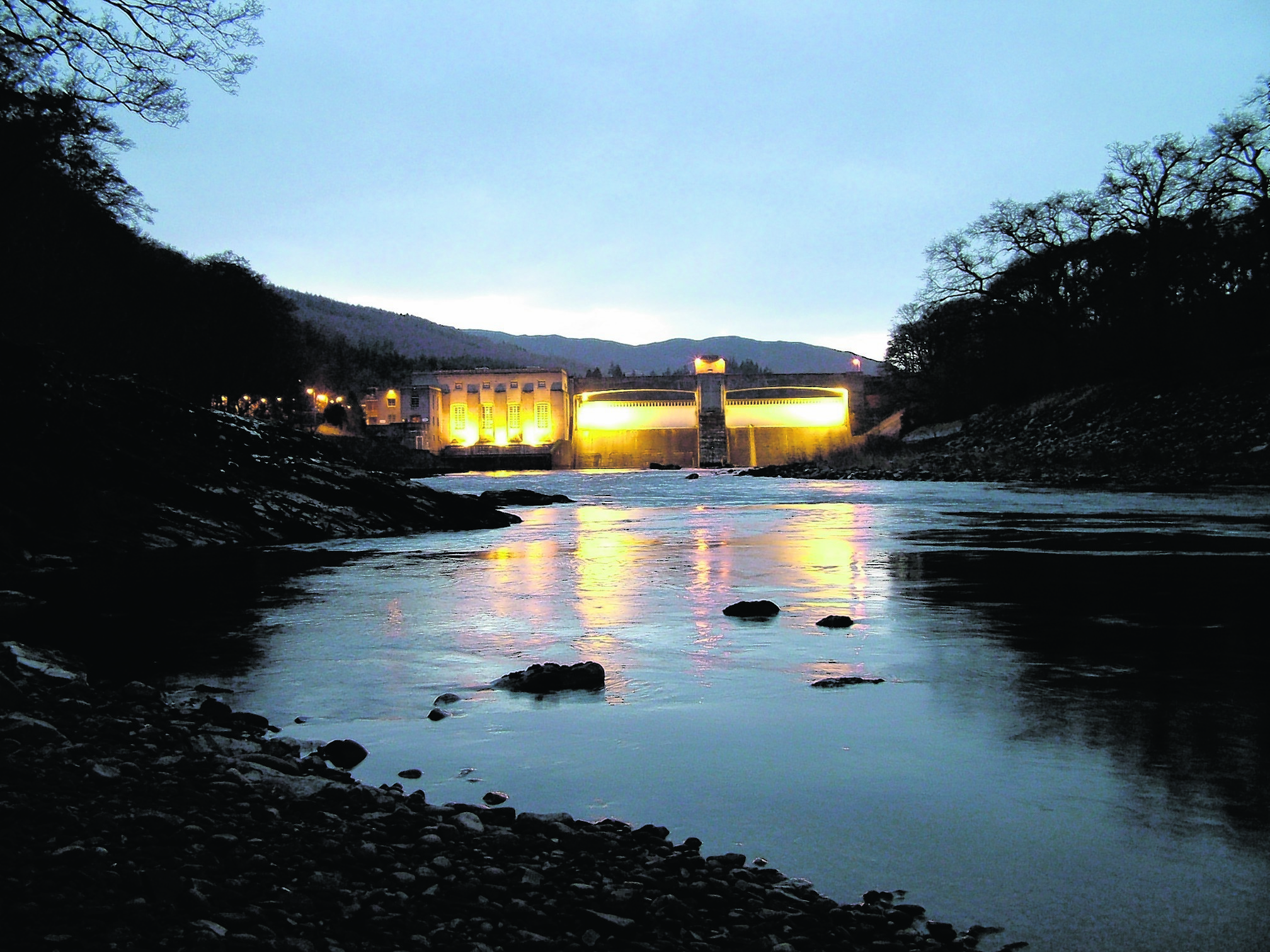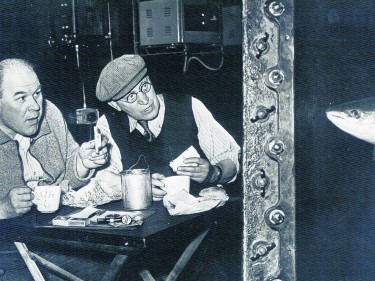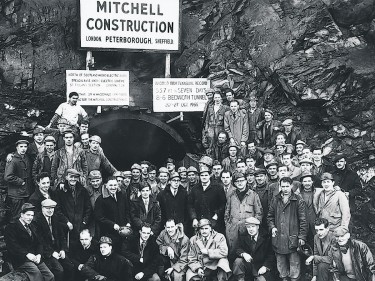Ever wondered what it takes to plan, build and operate a hydroelectric power station? Or how the power of Scotland’s mighty rivers and lochs is still harnessed today by technology perfected in the 1950s? Well, energy company SSE has just opened a new archive centre at its Pitlochry power station and dam which brings to life the history of the hydro revolution.
Visitors need to make an appointment beforehand, but the archive holds letters, speeches, plans, photographs and employee magazines stemming from the time of the north of Scotland electrification. Best of all, the archive is located at the dam itself, so visitors can hear the rushing waters and reassuring hum of the generator making electricity in a tried and trusted manner.
The archive tells the story of the electricity industry and SSE itself, which can trace its origins to the North of Scotland Hydro-Electric Board, formed in 1943. Electricity is largely taken for granted today, but some of our remotest communities were without it until the 1950s, when hydro-electric schemes improved the lives of Highlanders.
The construction of Pitlochry hydro station and dam naturally forms part of the archive collection. But many locals were appalled at the idea when it was first planned more than 60 years ago, with some foretelling the “ruination of tourism” or that “river beds would become dried up; the Falls of Bruar will become a mere trickle.”
Those gloomy scenarios never came to pass. In fact, Pitlochry Dam has become a major tourist attraction, with some 500,000 people now happily crossing the dam each year. Visitors also enjoy visiting the fish ladder, built as part of the dam and a system which allows the annual migration of thousands of Atlantic salmon to continue. Part of the archive considers how power was generated in a responsible way, working with communities and environmental bodies.
One example is the salmon ladder, which has been crossed by more than 250,000 salmon since it was built in 1952. Thanks to an ingenious system of 34 small pools, each slightly higher than the water level below, Atlantic salmon can reach Loch Faskally on their inland journey to spawn. The viewing rooms allow visitors to see some 4,500-5,000 salmon passing through every year.
Of course, building the tunnels and dams was no mean feat. In the 1950s, the men digging the tunnels didn’t have access to the large tunnelling equipment we would see today, and relied on explosives and basic tools to dig through the solid rock. But it didn’t stop the record-breaking Lednock “tunnel tigers” blasting their way through 557ft (170 metres) of rock in one week in 1955 – the same height as Blackpool Tower. Tragically, many men were injured or killed and their legacy will never be forgotten.
The archive centre also tells the personal stories of those connected to Scotland’s hydro history. These include the visionary pioneers such as Tom Johnston, who was passionate about bringing electricity to all, or Sir Edward MacColl, the engineer behind the Tummel scheme. MacColl worked extraordinarily hard and had difficulty delegating responsibility – which may have contributed to his sudden death shortly before the opening of the Tummel scheme.
The archive continues to grow, with new material coming from the public. For example, SSE has recently received a poem written in 1947 by 10-year-old Ian Mackinlay (now 78) who begged the Hydro Board to spare his favourite ash tree when it was raising Loch Tummel by 15ft. Back then, the Hydro Board penned an answer telling the boy it would do its best, but the tree was submerged. Now, SSE has just given Ian a mountain ash tree to honour its 68-year-old promise.
And finally, the archive will be complemented by a brand-new £4million visitor centre, being built on the opposing banks of the River Tummel, which will be free and open to all in autumn 2016.
FACT BOX
Members of the public can visit the SSE Archive in person by making an appointment by e-mail or post. Applicants are required to specify the following: the subject and purpose of their research, the material they would like to view, the date and time they would like to visit and contact details. E-mail applications should be made to heritage@sse.com and postal applications should be sent to SSE Archive, Pitlochry Power Station, Port-Na-Craig Road, Pitlochry, Perthshire PH16 5ND. To view the items that have been catalogued, visit www.sseheritage.org.uk


